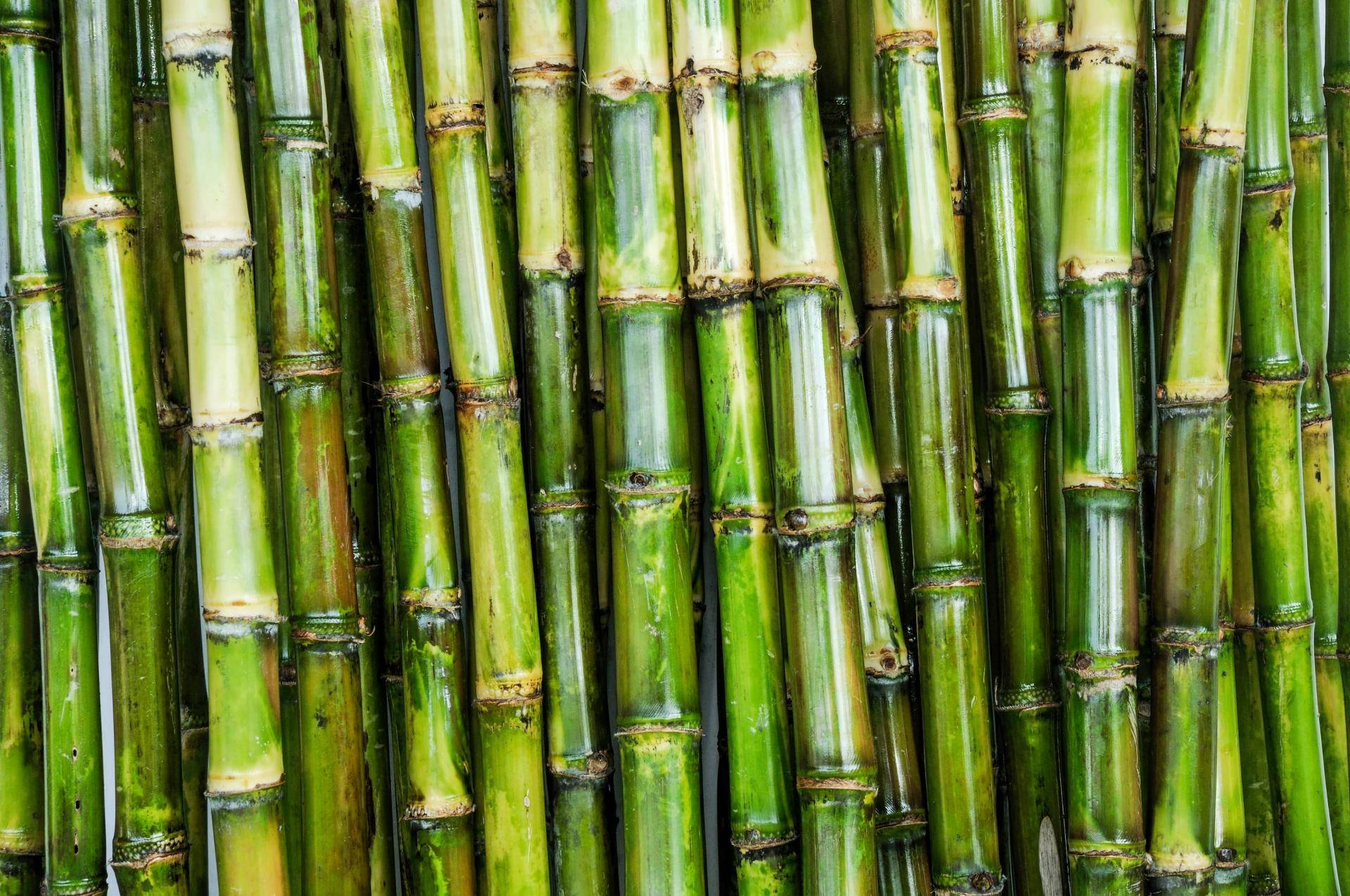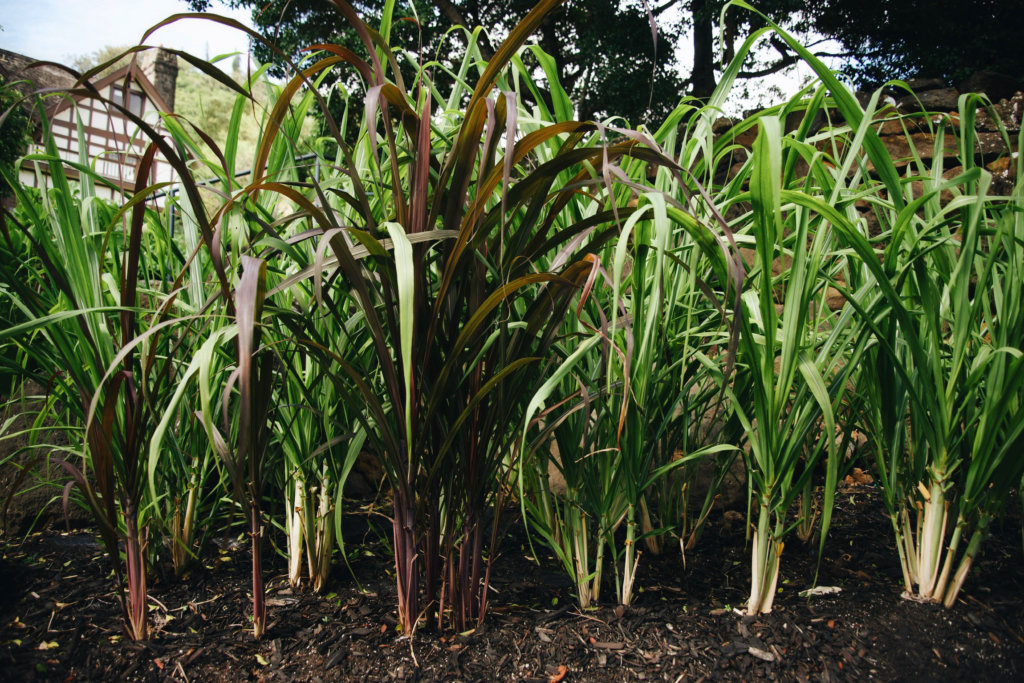Why Walking Stick Sugar Handling Chemicals Are Important for Modern Sugar Refining
The role of walking stick sugar handling chemicals in modern sugar refining can not be overstated, as they are indispensable to enhancing both the effectiveness of extraction and the total quality of the end product. Agents such as phosphoric acid and particular flocculants are used to get rid of contaminations, causing sugar that not only satisfies customer expectations however likewise complies with market criteria. However, the effects of these chemicals prolong past top quality, touching upon market dynamics and ecological factors to consider. This increases crucial questions about the sustainability of such practices and their effect on the future of sugar manufacturing.
Role of Handling Chemicals
The efficacy of walking cane sugar processing pivots significantly on the tactical application of processing chemicals. These chemicals play a crucial function in boosting the effectiveness and top quality of sugar extraction and refining. From the preliminary stages of juice removal to the final purification actions, handling chemicals assist in different critical procedures.
In the removal stage, chemicals such as phosphoric acid and calcium hydroxide are used to enhance the clarification process, aiding to remove contaminations and put on hold solids from the walking stick juice. This not just boosts the yield yet additionally makes sure the clarity of the end product. In addition, agents like flocculants aid in the fast settling of impurities, consequently improving the overall procedure.
As the processing advancements, chemicals are utilized in decolorization and formation phases. Turned on carbon and ion exchange resins serve to remove color and odor, ensuring that the polished sugar meets consumer quality requirements. Eventually, the duty of processing chemicals expands beyond operational performance; they considerably affect the sensory characteristics of the final product, adding to market competitiveness. Thus, the careful selection and application of these chemicals are important for attaining optimal end results in cane sugar handling.
Trick Kinds of Chemicals
Cane sugar processing relies upon a range of vital chemicals that facilitate each stage of production. These chemicals play essential roles in clearing up, lightening, and purifying the sugar extracted from walking stick.
One main group of chemicals includes flocculants, such as polyacrylamide, which aid in the information procedure by promoting the gathering and settling of contaminations. Additionally, calcium hydroxide is typically employed to counteract acidity and aid in the elimination of non-sugar components.
Lightening agents, such as triggered carbon and sulfur dioxide, are made use of to decolorize the syrup, resulting in a more clear end product. These chemicals help eliminate color compounds that might impact the sugar's appearance and bankability.
Furthermore, phosphoric acid offers as a pH regulator during the handling stages, making certain optimal conditions for the enzymatic activities included in sugar extraction and purification.
Various other crucial agents include edta (ethylenediaminetetraacetic acid), which chelates steel ions that can catalyze unwanted reactions, and sodium hydroxide, which assists in pH control throughout the refining process. Jointly, these chemicals improve efficiency and ensure a premium cane sugar product.
Advantages for Sugar Quality
Frequently forgotten, making use of specific processing chemicals dramatically boosts the total high quality of walking cane sugar. These chemicals play an essential duty in refining processes, guaranteeing that the last product satisfies stringent sector criteria for purity and taste.

In addition, refining chemicals assist in attaining a regular granulation and appearance, which are essential for consumer approval. By regulating the formation procedure, these chemicals make certain that the sugar crystals form uniformly, resulting in a more appealing item that dissolves well in different applications.
Furthermore, using these chemicals can improve the service life of cane sugar by decreasing wetness absorption and microbial development. On the whole, the critical application of processing chemicals is vital for providing top quality cane sugar that fulfills consumer expectations and industry needs.
Environmental Influence Factors To Consider

Furthermore, the energy-intensive nature of sugar refining, compounded by chemical use, typically leads to boosted carbon exhausts. This contributes to environment adjustment and raises worries pertaining to the sustainability of present refining practices. Additionally, the sourcing of these chemicals might entail practices that endanger biodiversity, such as monoculture farming, which minimizes the strength of farming environments.

To minimize these effects, sugar refiners are increasingly exploring sustainable choices and taking on finest techniques that decrease chemical use. Carrying out rigorous environmental administration systems can assist make sure that the refining process lines up with ecological requirements and promotes biodiversity. Inevitably, a well balanced technique that prioritizes both sugar quality and environmental stewardship is vital for the long-lasting feasibility of the sugar industry.
Future Trends in Refining
As the sugar market faces the environmental difficulties related to conventional refining methods, innovative strategies are emerging to enhance both efficiency and sustainability. One substantial fad is the fostering of eco-friendly chemistry concepts, which prioritize making use of safe, naturally degradable handling chemicals. This change not just lessens ecological effect however also addresses customer demand for cleaner manufacturing methods.
One more promising development is the execution of sophisticated purification innovations, such as membrane layer separation and adsorption processes. These strategies improve the clearness and quality of the sugar while reducing the quantity of wastewater created during refining. Furthermore, the combination of electronic technologies, consisting of IoT and AI, is changing operational effectiveness by allowing real-time monitoring and anticipating upkeep, thus reducing source waste.
Moreover, making use of byproducts from sugar refining, such as bagasse and molasses, is acquiring grip. These products can be transformed into biofuels or value-added items, adding to a round economic situation within the market. Jointly, these fads signify a change towards more lasting techniques that not just boost operational efficiency but also straighten with global sustainability objectives, making certain the future practicality of sugar refining.
Final Thought
Walking cane sugar processing chemicals are vital in contemporary Homepage sugar refining, dramatically boosting the performance and top quality of sugar extraction. The critical usage of these chemicals not just boosts the pureness and taste of the last item however likewise makes certain regular crystallization and texture. As the industry increasingly focuses on sustainability, the fostering of environmentally-friendly handling agents is likely to form future fads in refining, inevitably bring about greater high quality products and extended rack life for customers.

Ultimately, a well balanced approach that prioritizes both sugar high quality and ecological stewardship is necessary for the lasting viability of the sugar market.
Walking cane sugar processing chemicals are crucial in modern sugar refining, dramatically improving the performance and quality of sugar extraction.
Comments on “How Sugar and Cane Affect Your Taste Buds and Cooking Experience”